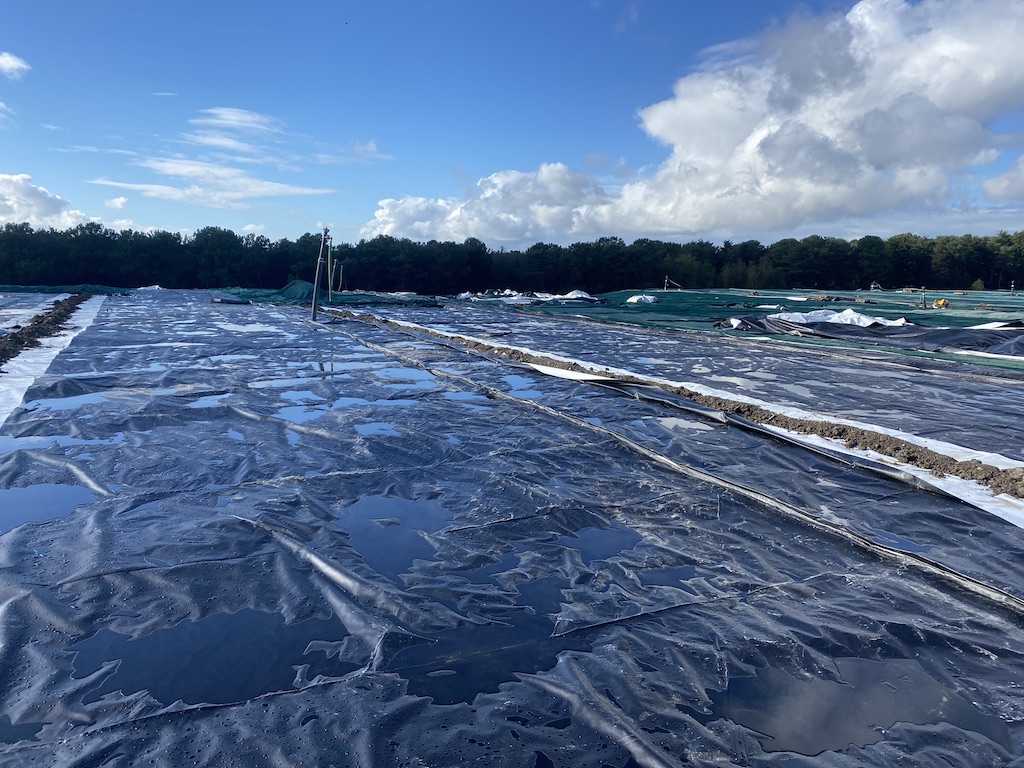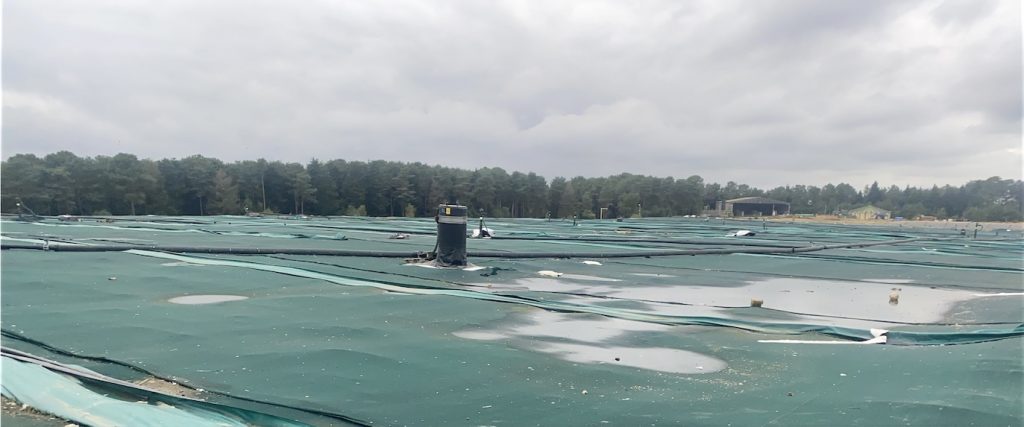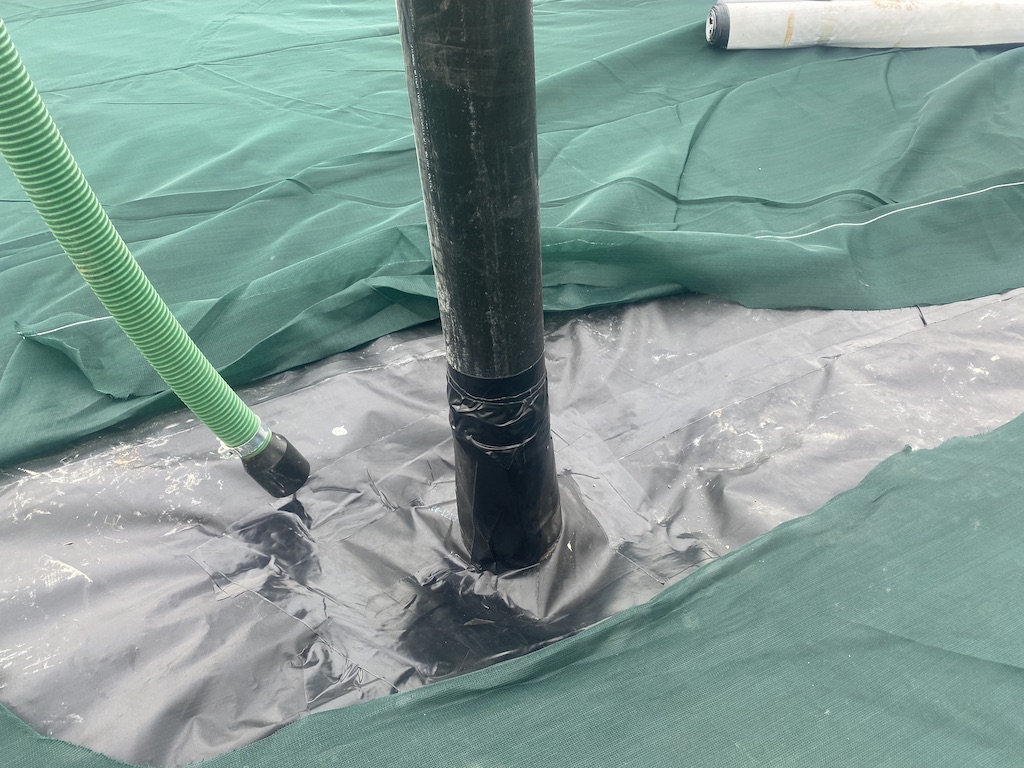Everything you need to know about landfill membranes
So landfill membranes have been used in landfill projects for years, but the right membrane and its method of deployment can make a huge difference to the safety and stability of landfills. Geomembranes are impenetrable membranes that are used as liners or covers for landfill operations.
When it comes to landfills, it’s important to ensure that the waste being managed does not seep into the surface of the earth. That’s where geomembranes come into the picture.
Essential aspects of a landfill system
- Liner – This is the base layer that resides on the floor and the sides of the landfill facility.
- Cover – This is the layer that’s placed on the top of the waste management facility.
- Floating Cover – This is a membrane that floats on liquid waste, which is sealed to the base liner around the edges of the leachate pond. This membrane typically falls and rises with the level of the liquid.

The right materials for geomembranes used in landfills
The choice of a specific landfill membrane rests on the landfill design engineer. One essential aspect to consider is the expected life of the membrane in question, as the life expectancy of landfill membranes can widely vary. Other aspects to consider include durability and the mechanical properties of the membrane.
High density polyethylene (HDPE) is the most recommended material for landfill membranes used as liners. When it comes to using membranes as a landfill liner, it’s important to ensure that the membrane is 60 mils (or 0.06 inches) thick and should be constructed of a material that boasts extremely low permeability. The material should also boast physical and chemical properties that are not impacted by contact with leachate or by the placement of waste.
For landfill covers, linear low density polyethylene (LLDPE) and HDPE are typically used as landfill cover systems. When using LLDPE based membrane, ensure that it is at least 40 mils thick and if it is HDPE based membrane, it should be at least 60 mils thick.
Conclusion
HDPE geomembranes have been used as liners in landfills for close to three decades. They are also used as covers and even as floating covers for leachate ponds. Although HDPE membranes have performed exceptionally, there have been some anomalies. This has prompted us to design and develop better systems. Contact HBB Geo Sales today to discuss your requirements. Our friendly team will be happy to provide sound advice and answer all your questions so you can make an informed decision. Talk to us today!


